Sort:
The average pro reviews rating is 8.9 / 10, based on the 17 reviews.
How we do it
We humanly agregate professional reviews from a number of high quality sites. This way, we are giving you a quick way to see the average rating and save you the need to search the reviews on your own. You want to share a professional review you like?

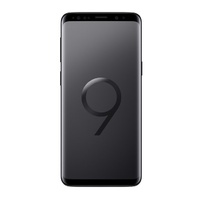
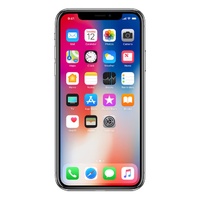
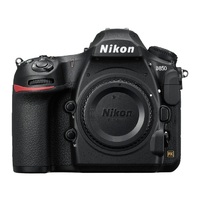
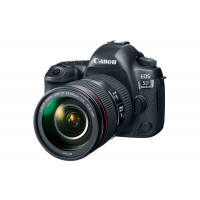
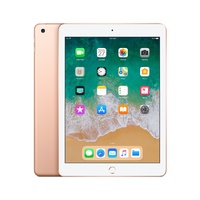
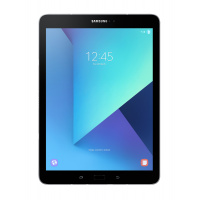
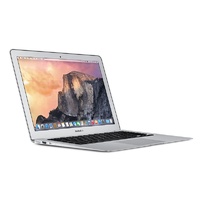
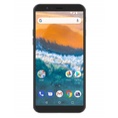
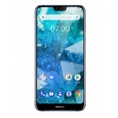
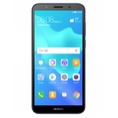
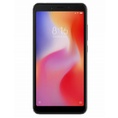
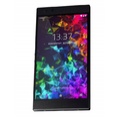


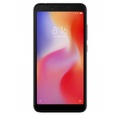
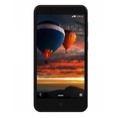
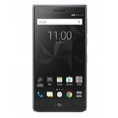
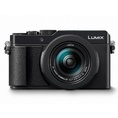
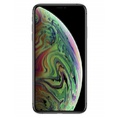
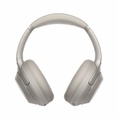
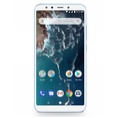
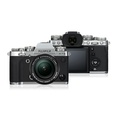
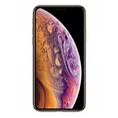
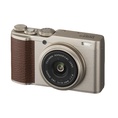
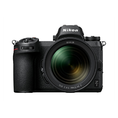






DigitalCameraReview‘s review Edit Like Unlike
Jan 24, 2013
The Imaging Resource‘s review Edit Like Unlike
Dec 21, 2012
PC Pro‘s review Edit Like Unlike
Oct 26, 2012
Camera Labs‘s review Edit Like Unlike
Aug, 2012
expertreviews‘s review Edit Like Unlike
Aug 16, 2012
www.whatdigitalcamera.com‘s review Edit Like Unlike
Jun 22, 2012
Digital Trends‘s review Edit Like Unlike
Jul 16, 2012
PhotographyBLOG‘s review Edit Like Unlike
May 22, 2012
PhotographyBLOG‘s review Edit Like Unlike
Jun 11, 2012
PC Magazine‘s review Edit Like Unlike
May 29, 2012
DP Review‘s review Edit Like Unlike
May, 2012
www.whatdigitalcamera.com‘s review Edit Like Unlike
Apr 19, 2012
TechRadar UK‘s review Edit Like Unlike
Apr 18, 2012
Pocket-lint‘s review Edit Like Unlike
Apr 02, 2012
ephotozine‘s review Edit Like Unlike
Mar 30, 2012
CNET Reviews‘s review Edit Like Unlike
Mar 23, 2012
www.trustedreviews.com‘s review Edit Like Unlike
Feb 07, 2012